When tray warping combines with switch corrosion, many companies fail to recognize just how quickly these issues can compromise device safety and functionality. Although each defect alone can be problematic, together they often signal deeper structural and electrical deterioration that may warrant immediate replacement. In this blog, we explore why these failures occur, how they interact, and when replacement becomes the best course of action.
Tray warping usually starts as subtle distortion, often due to:
Even minor warping can result in poor sealing, uneven pressure on internal components, or misalignment of moving parts—all of which increase the risk of performance failures over time.
While tray deformation compromises mechanical integrity, switch corrosion attacks the electrical system. Moisture and cleaning chemicals can infiltrate gaps created by warped trays, accelerating corrosion at contacts and terminals. Over time, this can lead to:
When corrosion is advanced enough to affect continuity, replacement is often unavoidable.
At first glance, tray warping and switch corrosion may look like unrelated problems. In reality, they often stem from the same root causes:
Because each failure accelerates the other, it’s critical to address them together rather than in isolation. Company web: https://www.powsmart.com/product/electric-toothbrush/
Operating equipment with compromised structural and electrical integrity can have serious consequences:
For B2B buyers, these issues can quickly escalate into product recalls, regulatory penalties, and loss of customer trust.
Not every incident of tray warping or switch corrosion means immediate disposal. However, replacement becomes necessary if:
In borderline cases, professional inspection and electrical testing can confirm whether continued use is safe.
If you are sourcing or manufacturing equipment, consider these measures:
These preventive steps can significantly reduce warranty claims and increase customer satisfaction.
When tray warping and switch corrosion occur together, it’s rarely a coincidence—and almost always a red flag for deeper structural and environmental problems. Evaluating damage promptly and replacing compromised units can protect both users and your brand reputation. In the long term, investing in robust materials and design safeguards is the most effective way to avoid costly replacements and reinforce trust in your products. Contact us
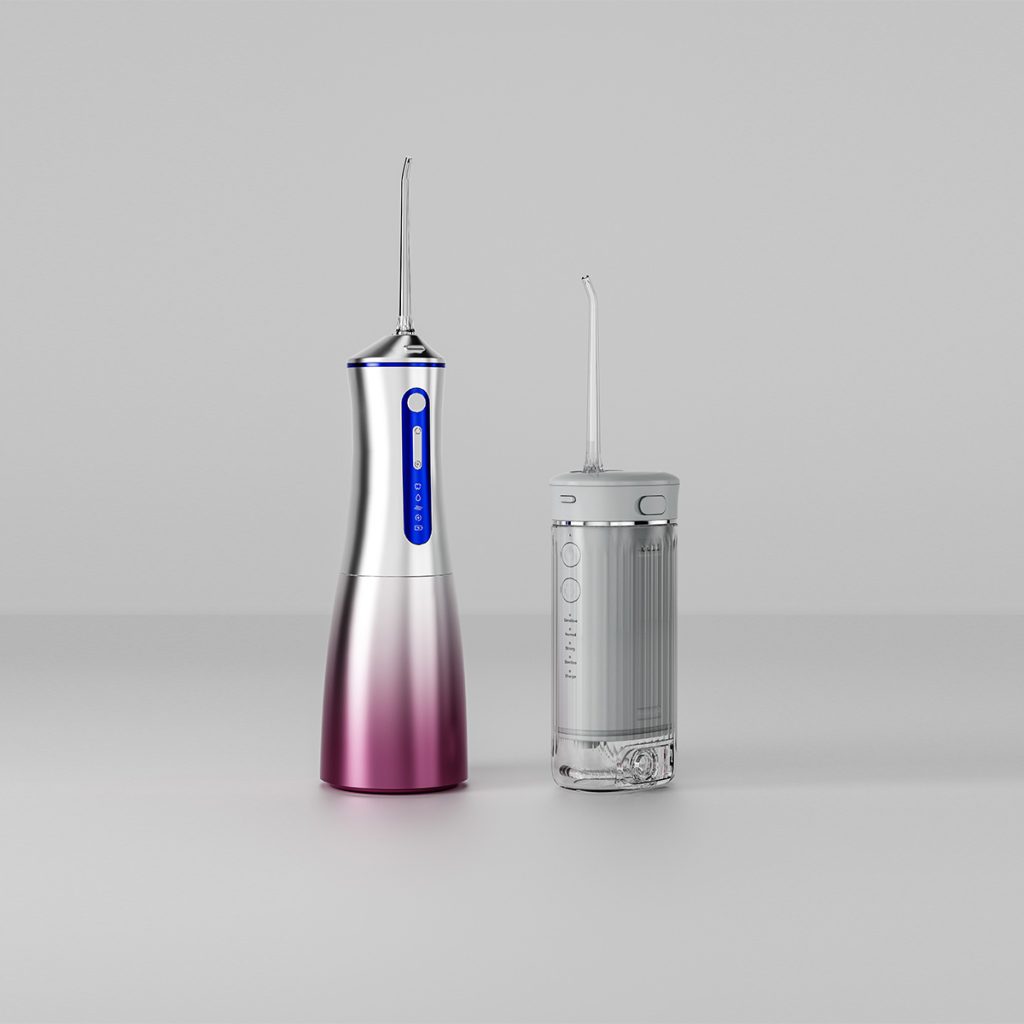
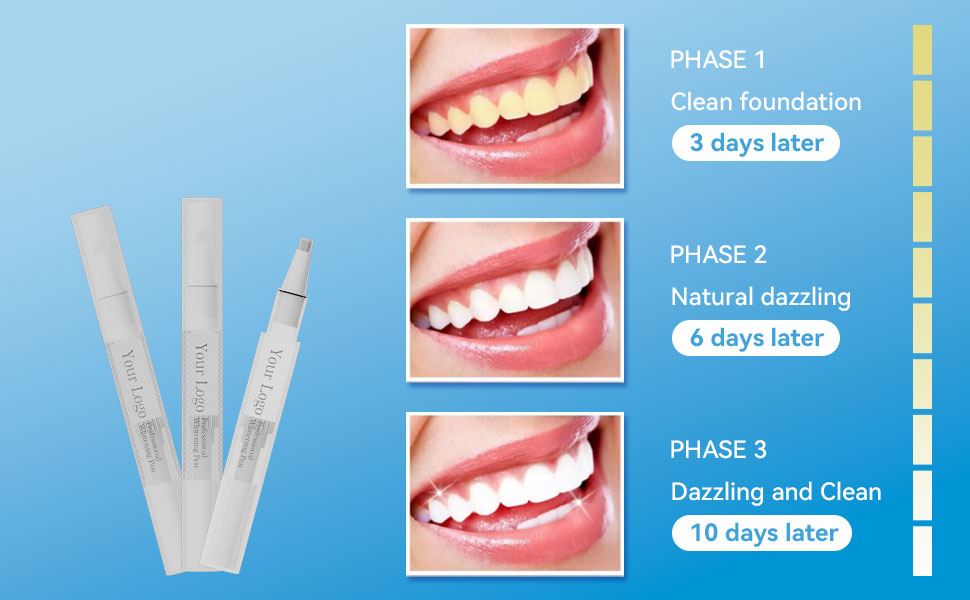
Some Common Problems of Teeth Whitening and Solutions

Do V-Shaped Heads Clean Braces Better?
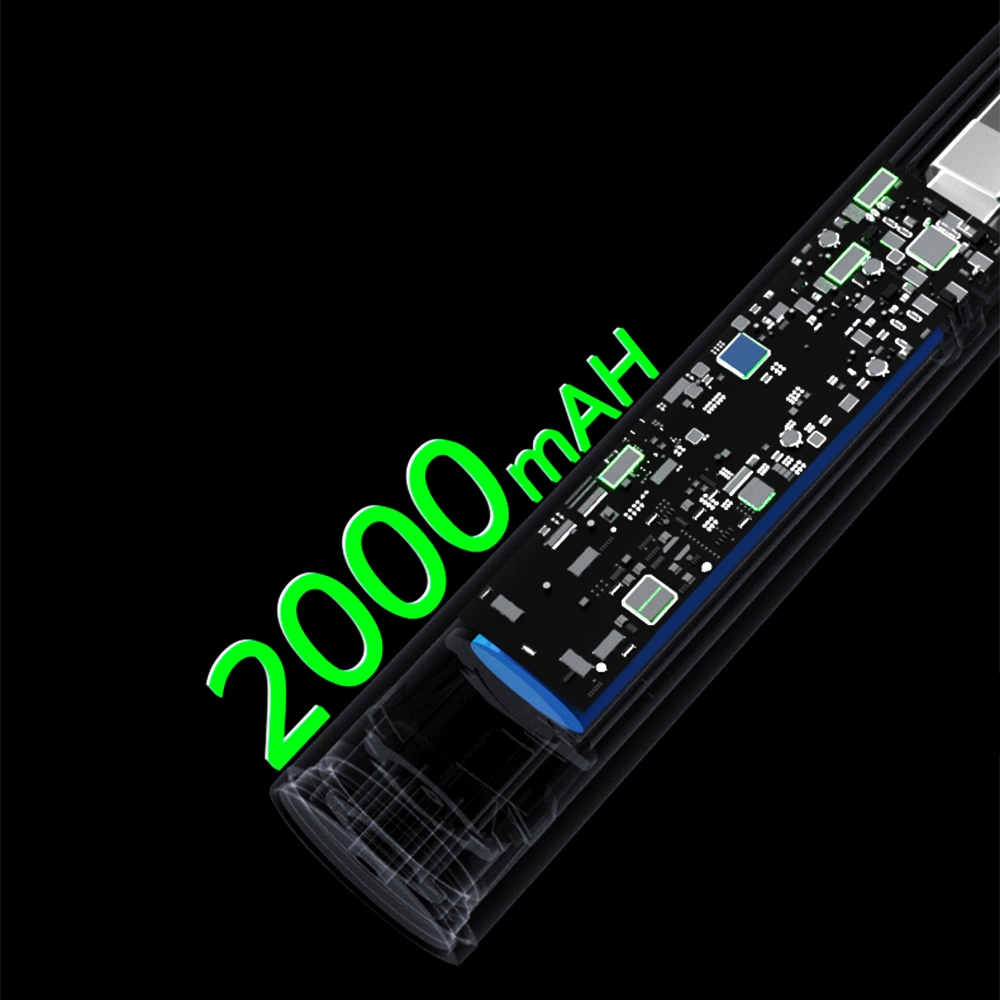
What types of batteries are there for electric toothbrush Batteries?
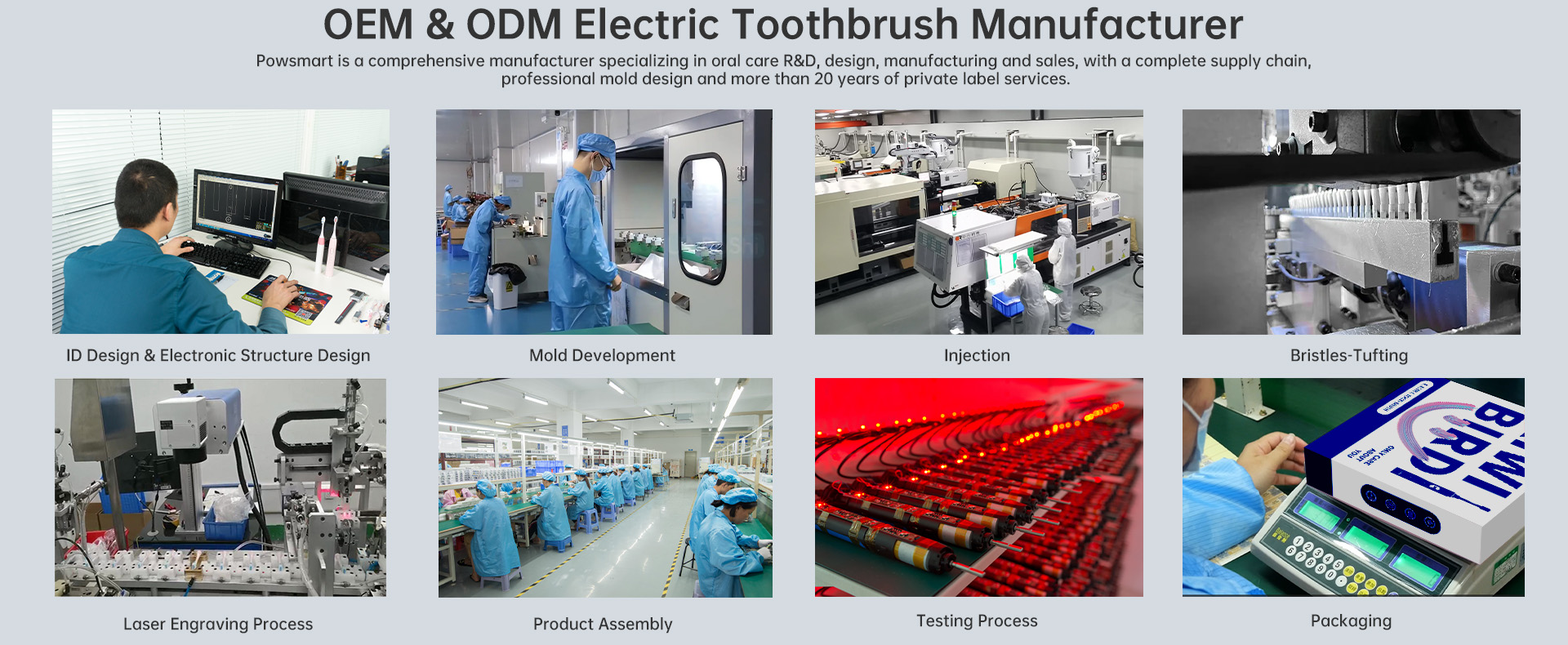
ISO 13485 Certification Interpretation: How Do Electric Toothbrush Meet Medical Device-Grade Production Standards?
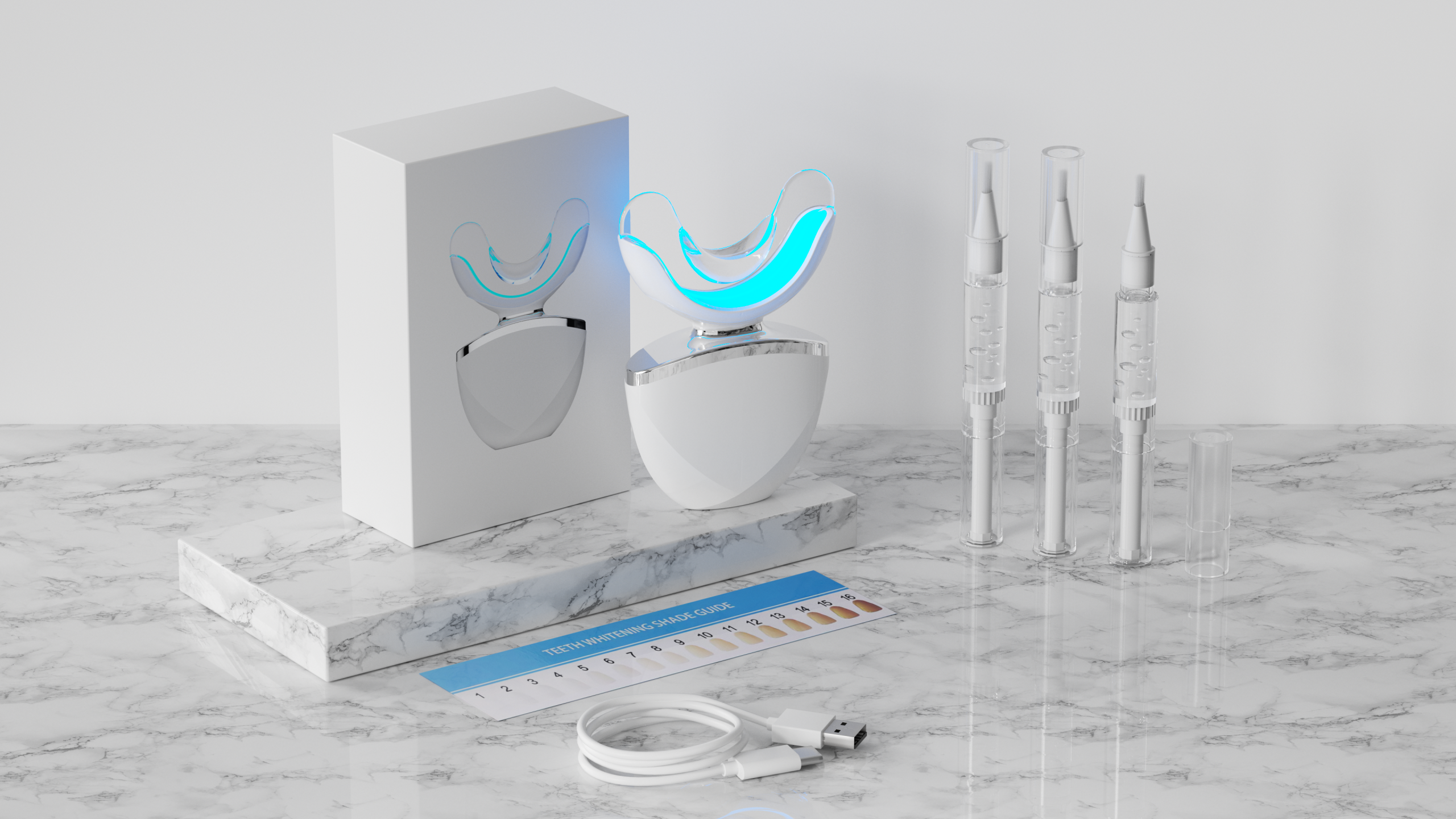
The Market Potential of Teeth Whitening: The Consumer Psychology Behind Annual Growth of Home Teeth Whitening Devices

What Should I Pay Attention to When Using a Teeth Whitening Device?
Can Contact Oxidation Lead to Weak Pressure?
.jpg)
Customization of Oral Irrigator Pulse Frequency: How to Balance 1400–1800 Times/Minute with Noise Control?
Dental Care Electric Toothbrush for Grandparents
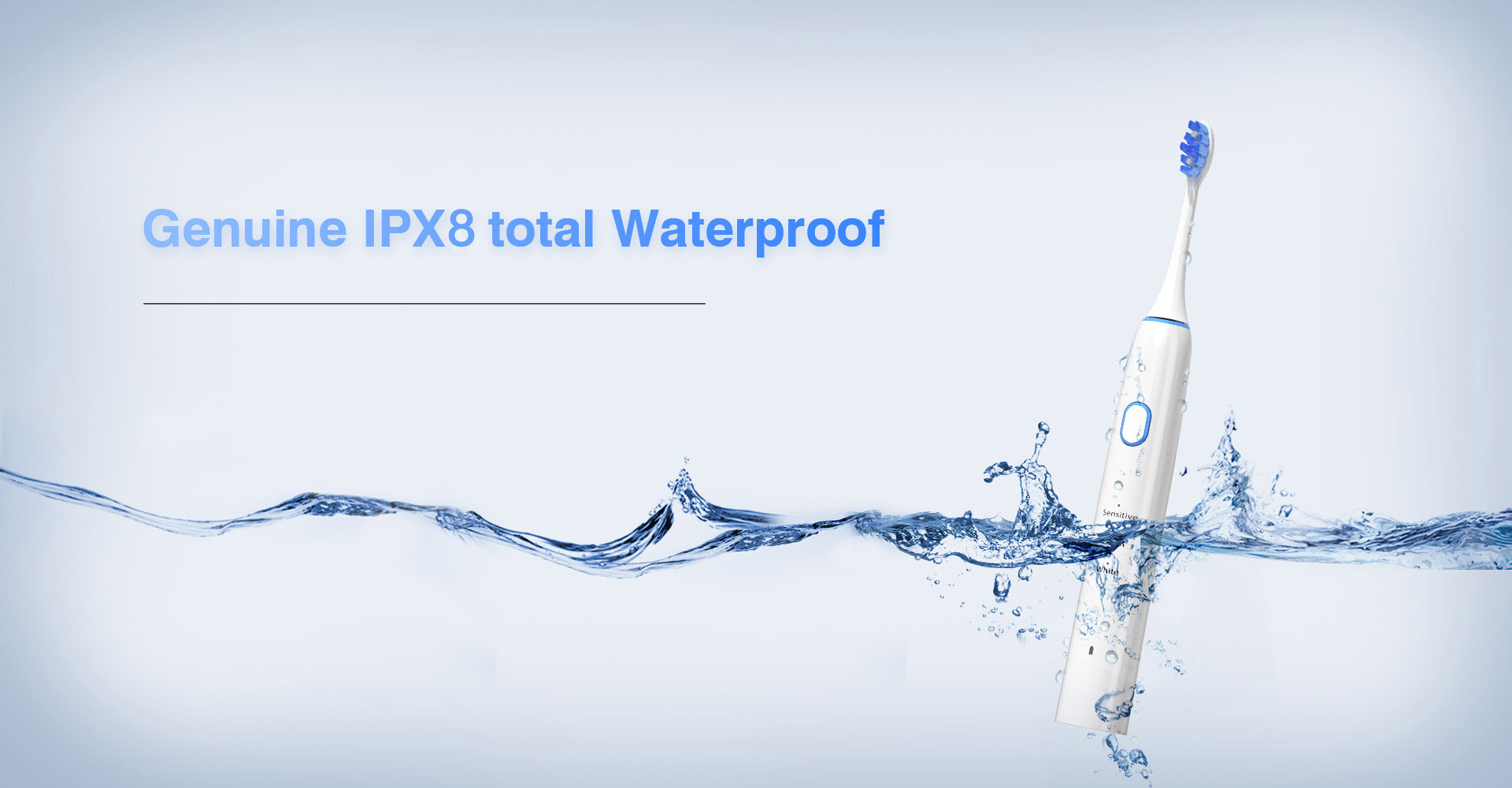
What Are the Specific Performances After Water Ingress of the Automatic Boot of the Electric Toothbrush?
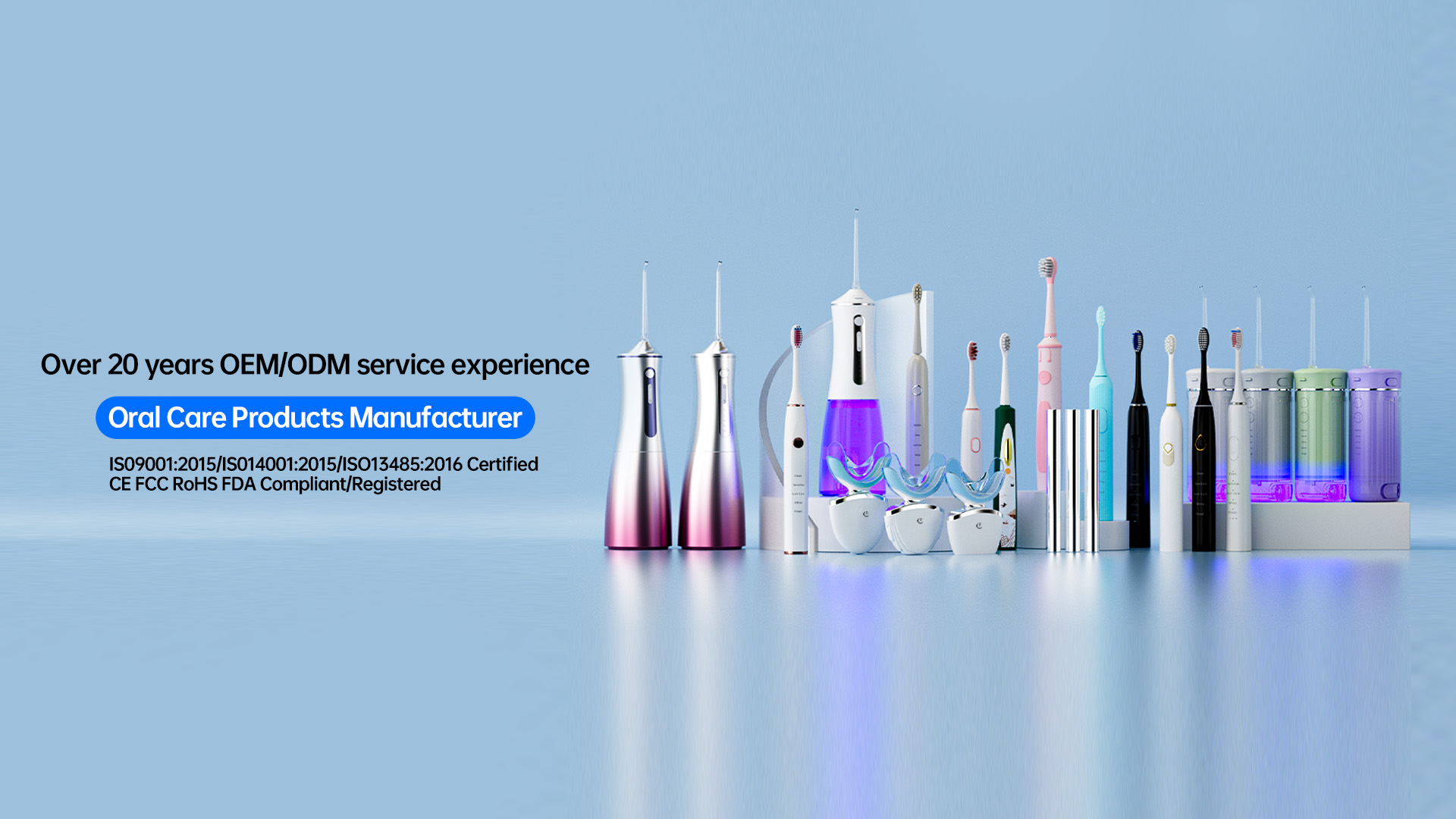
Building Winning Oral Care Brands in Competitive Markets
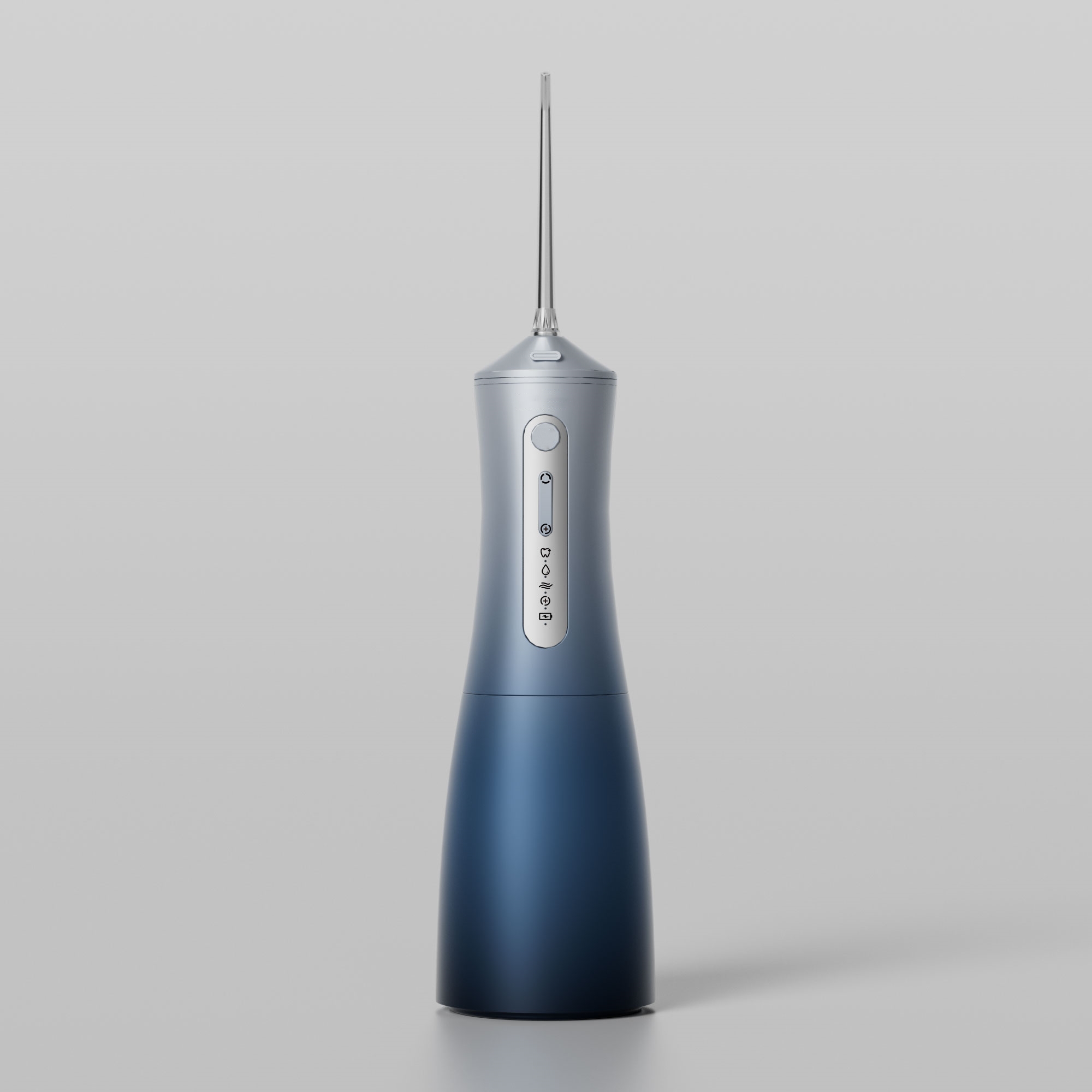
Bluetooth Connectivity × Water Flosser
.jpg)
Five Advantages of Electric Toothbrush Customization Service: Why Brand Owners Choose OEM/ODM?
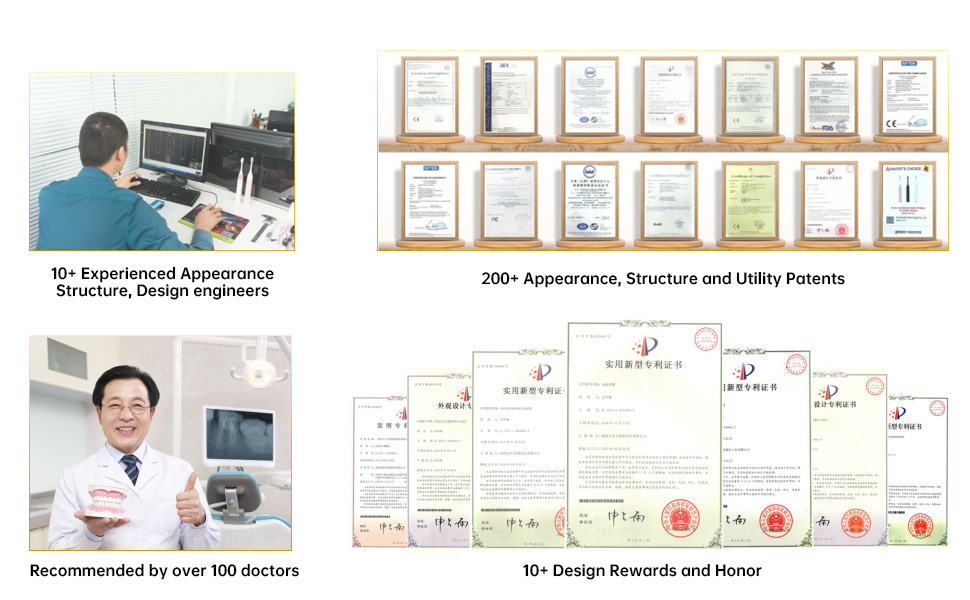
Does Wireless Charging Toothbrush IPX7 Release Material Toxicity?
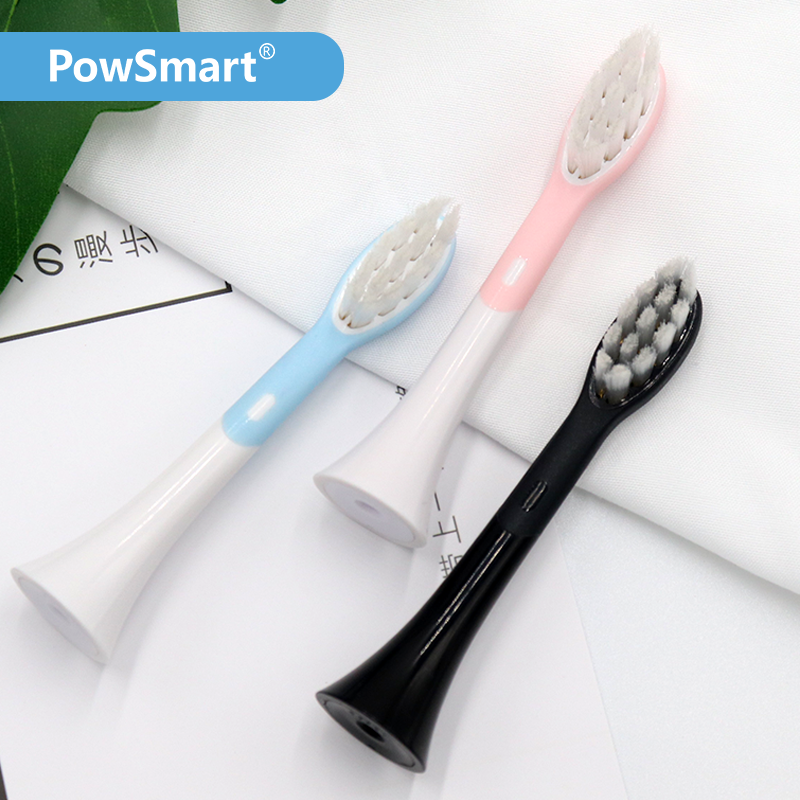
Does It Matter If You Buy an Electric Toothbrush Replacement Head That Is Not an Official One?
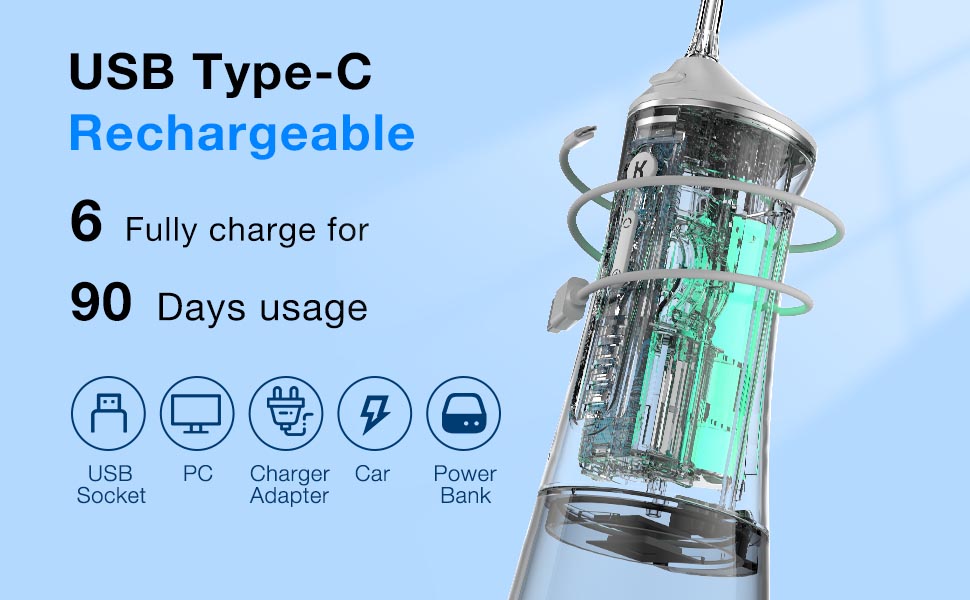
Wireless Water Flosser Production Guide: The Perfect Match Between Lithium Battery and Water Pump

electric toothbrush heads Regular Clean

Private Label Whitening Gel

Customization Teeth Whitening Gel
.jpg)
Florida Electric Toothbrush – Powsmart PTR-C8

Electric toothbrush heads Charcoal Infused-Diamond

electric toothbrush heads Ultra Soft

electric toothbrush heads Charcoal Infuse-Round

electric toothbrush heads Deep Clean